Have you ever read a book and thought that you knew what it was about, but then saw what the author’s intentions were and it ran in the opposite direction of what you thought? Afterward, Everything Was Different only sounds like the sequel to the reboot of Sex and the City. In reality, Afterward, Everything Was Different is a wordless book by Rafael Yockteng with illustrations by Jairo Buitrago. I know, how a wordless book needed an author is a mystery, but let’s look at the book and why I initially, and still do to a point, enjoy it.
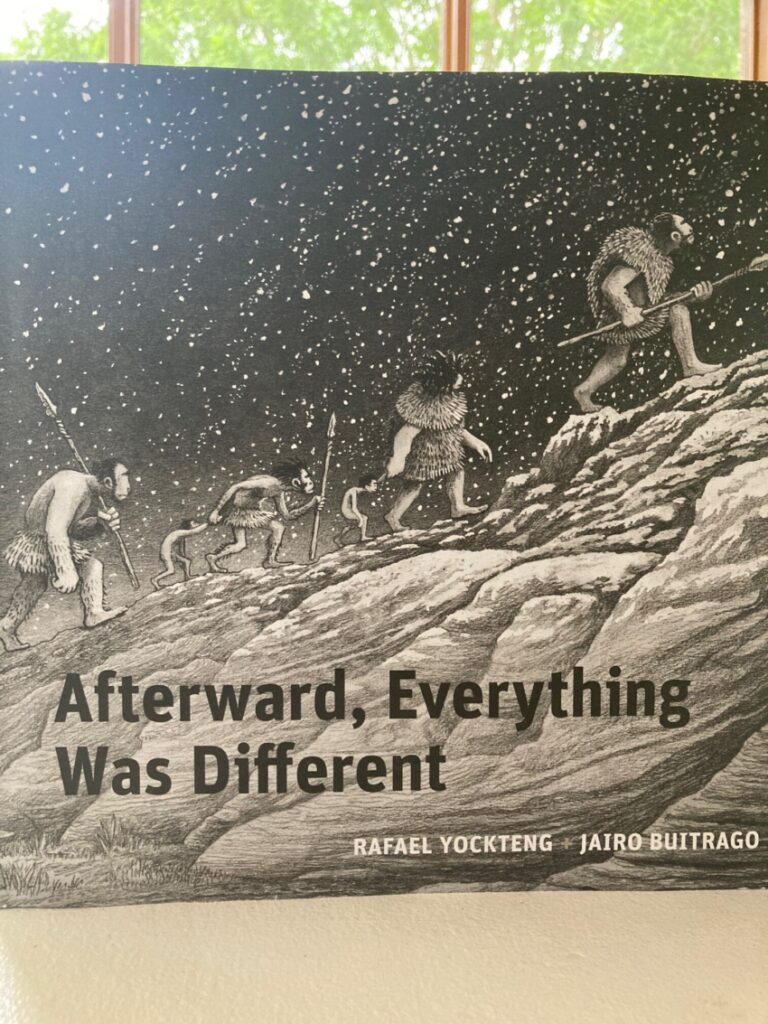
In the book itself, there aren’t any words. What will immediately grab the attention of those who dig into the book is the art. It’s the Pleistocene era and massive beasts are chock a-block with exploding volcanoes and expanding forests. A tribe of cave people are making their way across the land. They see all manner of beasts, engage in combat with some, hide high in the trees from others and are hiking their way across the land. The forests are massive and as they go higher in elevation the snow becomes thick. It’s a dusting that turns into a blinding storm that forces them to shelter under a tree for any semblance of cover. As the tribe gets into the mountains they find a cave that becomes a perfect home for them to safely build a fire, raise their families and record their history with drawings on the cave walls.
The art is done using graphite and white ink and it’s gorgeous. It’s a wordless book whose art will stop you in your tracks and make you look at it. When I first saw it I was thinking that is a dinosaur, STEM book that could easily get young archeologists to find their own fossils in their backyard.
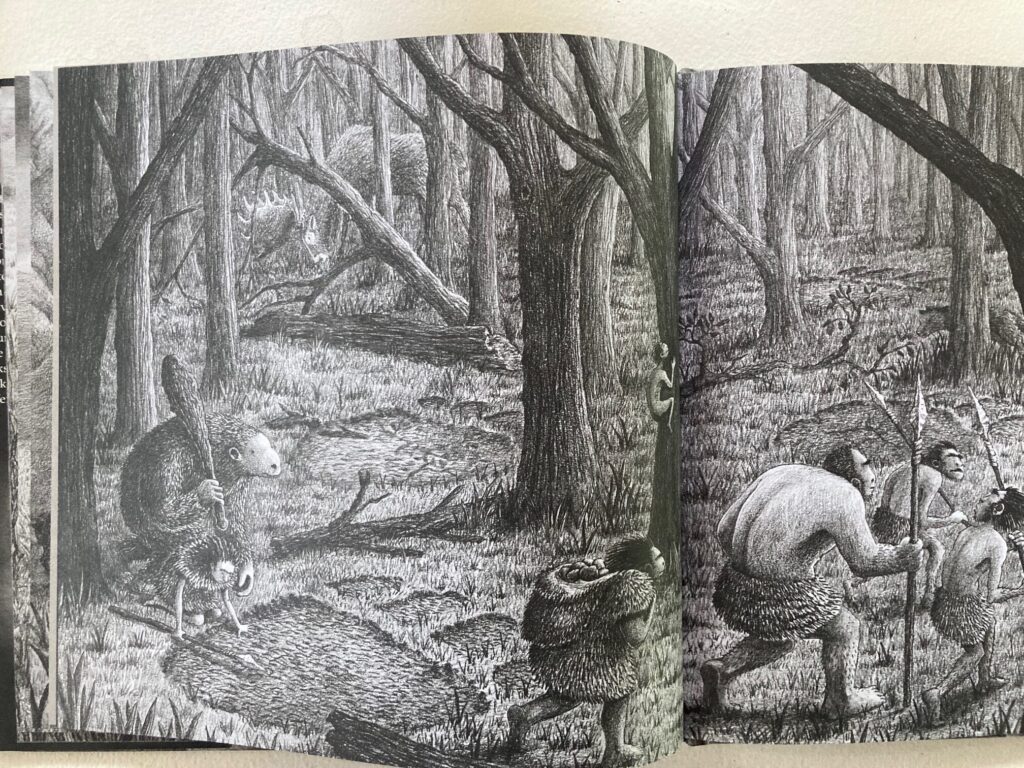
The preface to Afterward, Everything Was Different lets us know that the young person who had been drawing the tribe’s adventures on the walls is a young girl. She had been patiently observing her people all of this time and is now leaving an illustrated history.
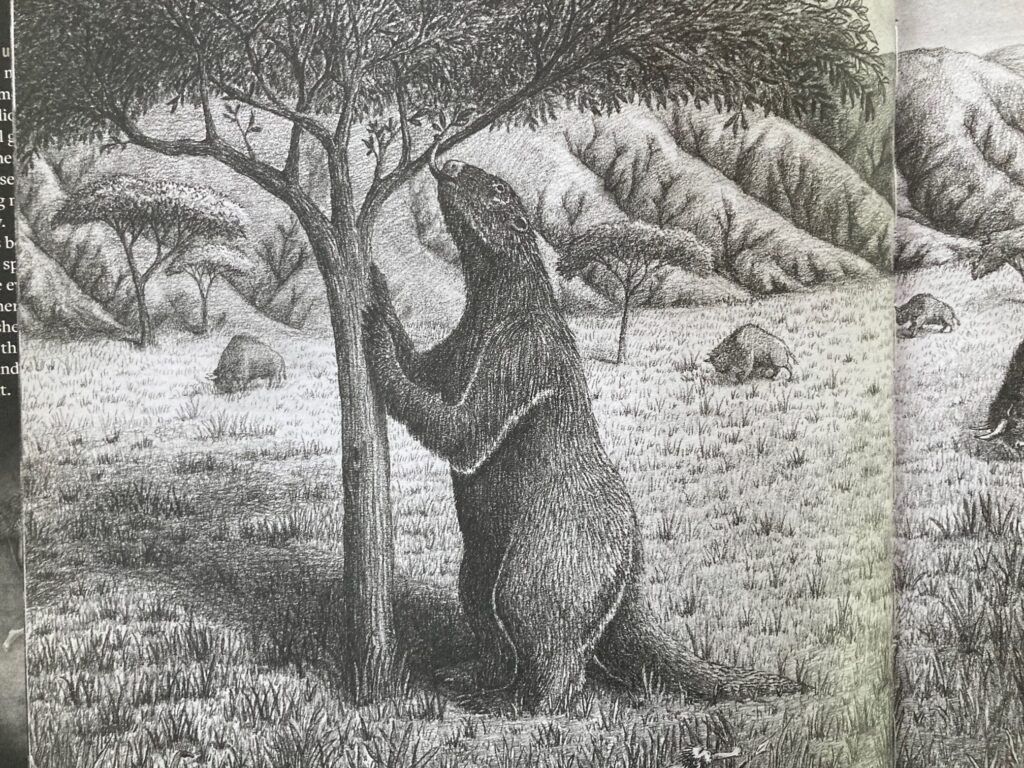
Our issue with the book is that it feels gender-switched. If all of the characters in the book look almost the same, who cares what gender one of them is? I might need a vacation, but the cave people in the book look somewhat identical. Sometimes the men have full body wrappings and sometimes they don’t. The women seem to have bushy hair that sticks up, but not all of them. I couldn’t tell the women from the men in this book and for the author to specifically point out in the notes that this girl had been watching everything feels like a virtue signal.
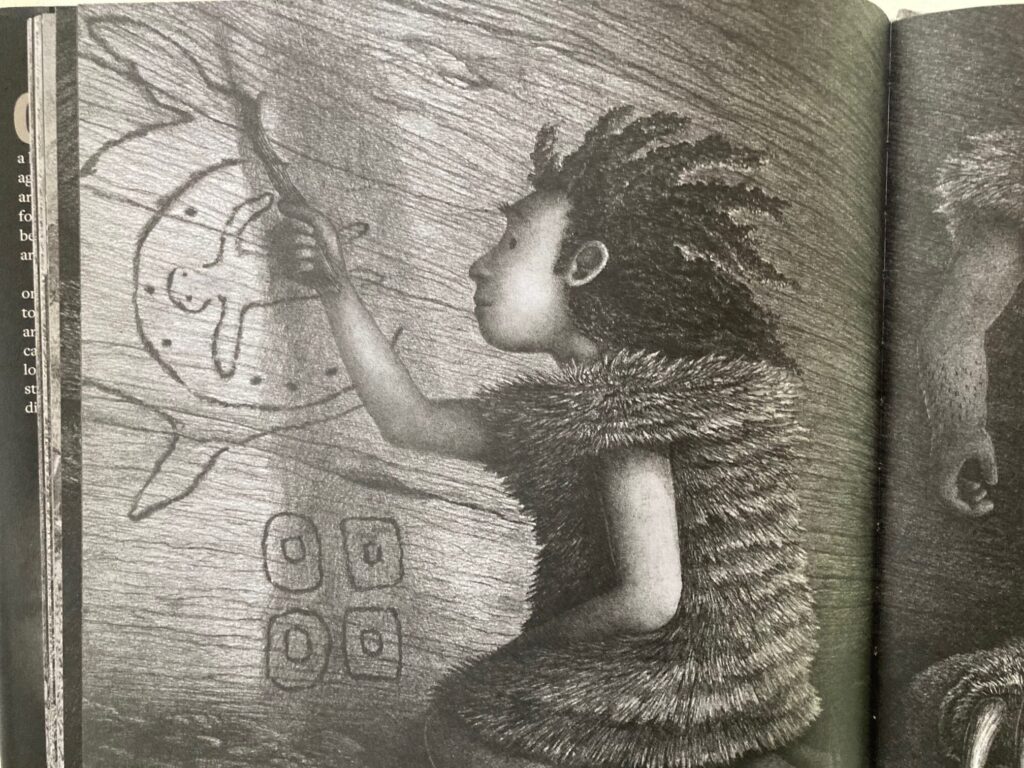
Women, and young girls existed in the Pleistocene era, obviously. Men, as well as, young boys, probably doodled on cave walls. The book would’ve worked effortlessly as a wordless prehistoric journey about a tribe of people. There’d be one kid at the end who noticed everything and drew it on the cave walls. That’s the way that the book is without the notes. However, with the notes, it puts in details that don’t need to be there.
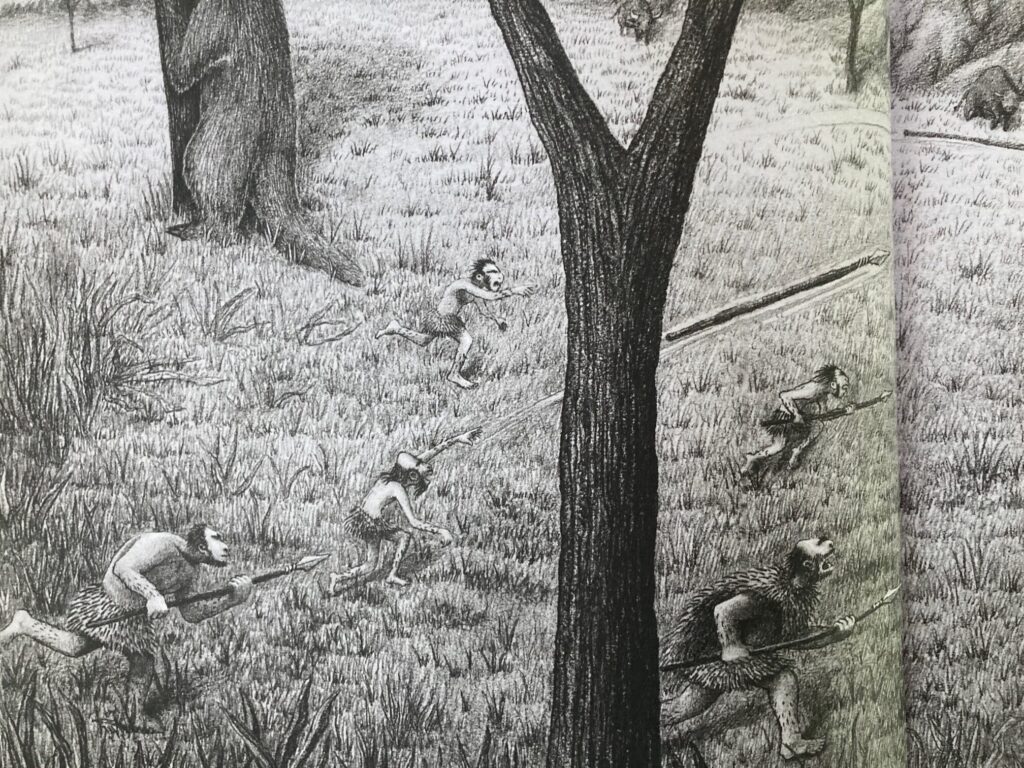
I am probably overthinking this. Most of the elementary-aged students who pick up Afterward, Everything Was Different will lose themselves in the illustrations and not give two moments of thought as to the gender of the cave artist in the book. And that could be what’s best, don’t think too much about or read the author’s notes to those young audiences. All you need to do is show the book to those dinosaur and caveman kids and they’ll be fine for a little while. Now get off of my lawn.
Afterward, Everything Was Different is by Rafael Yockteng with illustrations by Jairo Buitrago and is available on Greystone Kids.
There are affiliate links in this post.

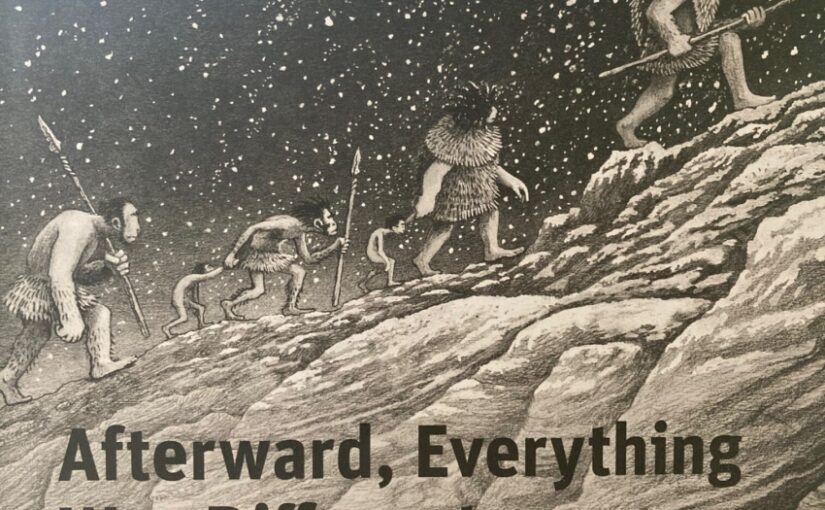



 Facebook
Facebook Twitter
Twitter Flickr
Flickr GooglePlus
GooglePlus Youtube
Youtube